This week, I begin a new series of posts dealing with the third issue of stamps to be issued by the Niger Coast Protectorate: the second unwatermarked Waterlow issue. This issue was similar in design to the 1893 issue, except that the designs were a little less ornate, and the proper name of the protectorate has been incorporated into the design.
The series offers much the same challenges as the previous one, with a lot of different perforation variations, though there seem to be many more with this issue, lots of paper variations and some good ranges of shades. Of course collecting the different postmarks, and covers provides a very rewarding challenge. Finally there are the plate flaws and re-entries that are quite prevalent on this issue as well.
Today's post will present an overview of the various aspects of interest to this issue, and then subsequent posts will look at each value in detail.
The Stamp Designs, Issue Quantities and Issue Dates
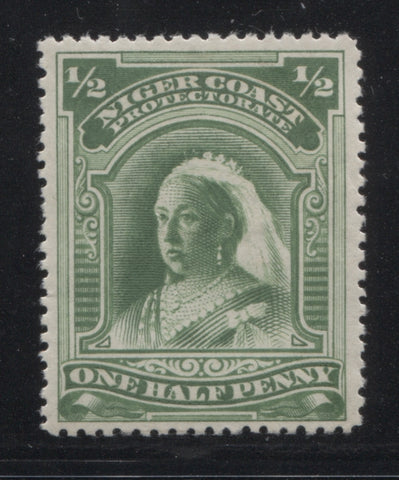
1/2d yellow green
Issued May 1894
Sheets of 60
1st printing: 8,736 stamps
2nd printing: 24,000 stamps
3rd printing: 36,000 stamps
4th printing: 36,000 stamps
5th printing: 36,000 stamps
6th printing: 24,000 stamps
7th printing: 8,000 stamps
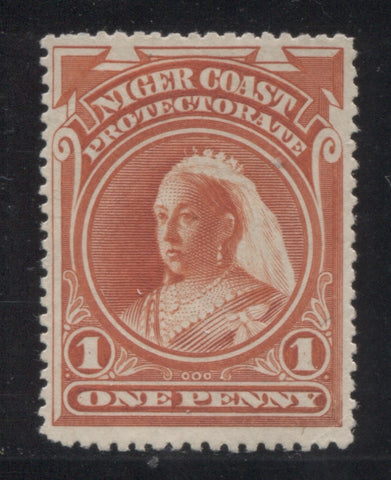
1d vermilion
Issued: May 1894
Sheets of 60
1st printing: 10,736 stamps
2nd printing: 24,000 stamps
3rd printing: 24,000 stamps
4th printing: 24,000 stamps
5th printing: 24,000 stamps
6th printing: 10,000 stamps

2d carmine lake
Issued: May 1894
Sheets of 60
1st printing: 5,736 stamps
2nd printing: 36,000 stamps
3rd printing: 36,000 stamps
4th printing: 18,000 stamps
5th printing: 18,000 stamps
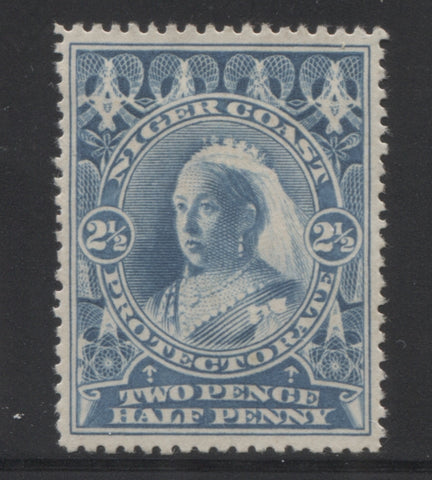
21/2d blue
Issued: May 1894
Sheets of 48
1st printing: 15,736 stamps
2nd printing: 48,000 stamps
3rd printing: 48,000 stamps

5d deep purple
Issued: May 1894
Sheets of 48
1st printing: 8,736 stamps
2nd printing: 36,000 stamps
3rd printing: 36,000 stamps
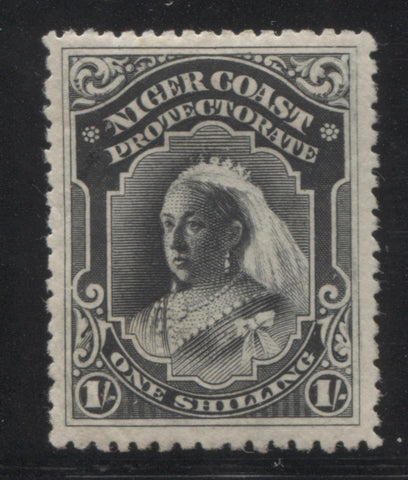
1/- black
Issued: May 1894
Sheets of 30
1st printing: 5,736 stamps
2nd printing: 18,000 stamps
3rd printing: 18,000 stamps
The main points of interest are the shade variations, cancellations, paper types, perforations, plate flaws, postal history, and proof material. The remainder of this post will provide an overview of these aspects.
Shade Variations

This issue shows more shade varieties than the previous one on all values, except perhaps the 1d blue of the previous series, which had some pretty outstanding shades. The 1/2d green varies from yellow green, to dark green, pale green and dark sage green. The 1d varies from orange vermilion to vermilion. The 2d is found in various shades of lake, including a very deep shade. The 2.5d ranges from shades of blue, to pale blue and greenish blue. The 5d varies from red-violet, to violet, to purple. The only stamp that does not show any significant shade varieties is the 1s black, which seems to be the same shade on all printings.
The above scan shows some of the shades found on the 1/2d, being the deeper sage green on the left stamp, the yellow green on the second stamp from left, and finally the green pair at the right.
Cancellations
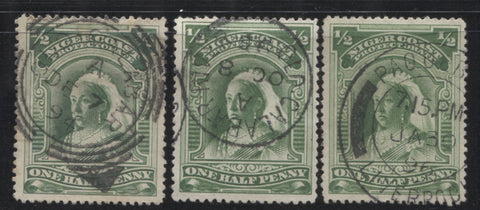
The range of postmarks found on these stamps is much the same as on the previous issue, except that the smaller diameter CDS cancels begin to disappear and be replaced by cancellations with a larger diameter. Squared circles continue to be used and foreign cancellations appear occasionally as well. The scan above shows some of these cancellations on the 1/2d stamps, including a Liverpool Paquebot cancel, as shown at the right. These cancellations were applied to mail that was aboard ships in the UK, and are quite sought after, due to their scarcity.
Paper Types
On this issue there are at least four major types of paper, although the first type varies in thickness. The four main paper types are:
- White wove paper.
- Toned paper of medium thickness.
- Thin transparent paper with an oily appearance.
- Greyish paper.
Perforations
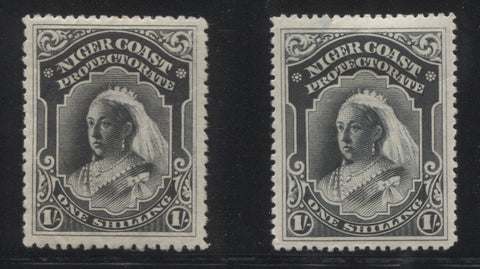
As was the case with the previous issue, there are a lot of different perforation measurements, including many compounds. The picture above shows two different perforation measurements on the 1 shilling black. The right stamp appears to be a perf. 14 or 14.5 and appears to be the same measurement all around, while the left stamp is a compound of 14 and 12-13.
Gibbons lists fewer perforation varieties than Ince and Osborne do, though based on my earlier posts for the previous issue, I am inclined to believe Ince and Osborne's listings over Gibbons. Gibbons listings include five measurements as follows:
- Perf. 14.5-15
- Perf. 14.5-15 compound with 13.5-14.
- Perf. 13.5-14
- Perf. 13.5-14, compound with 12-13.
- Perf. 15.5-16
Ince and Osborne list 10 different measurements and note that more combinations are possible:
- Perf. 15
- Perf. 14.5
- Perf. 14.5 x 15
- Perf. 14
- Perf. 14 x 15
- Perf. 13 x 14
- Perf. 12 x 14
- Perf. 12.5 x 14
- Perf. 12.5 x 12.5 x 14 x 12.5
- Perf. 16
This later list seems more consistent with what I had observed in my posts about the last issue from 1893.
Plate Flaws and Re-Entries
Ince and Osborne note many fewer plate markings and re-entries on the stamps of this issue as compared to the previous one. They note only three stamps, from one position in each sheet that have an identifiable plate flaw. On most values of this set including the 1d, 2d, 2.5d and 1/- they identify one or two plate markings that are present on most, or all stamps in the sheet. In subsequent posts I will detail and illustrate these markings, as well as illustrate any unlisted re-entries or flaws.
Postal History
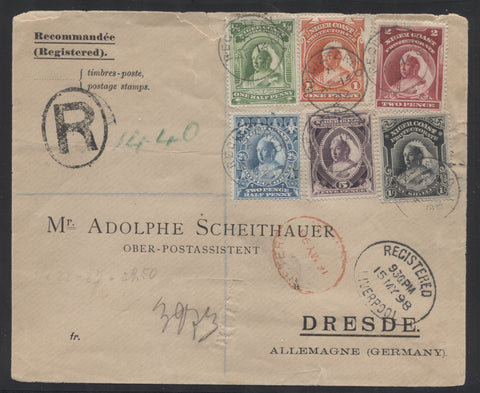
As with the previous issue, covers of this issue are scarce and highly sought after. Many are philatelic, but still very desirable despite this.
The above was sent from Niger Coast Protectorate in 1898 to Dresden in Germany.
Proof Material and Colour Trials
Ince and Osborne identify many colour trials and proof items that have been sold at auction over the years. They discuss imperf proofs that are stuck down to sunk cards, in trial and issued colours. They also mention various die proofs printed in both issued colours and trial colours. Finally, they discuss many imperforate colour trials. I will go through the listings in detail in a subsequent post, but unfortunately this material is all very rare and I do not have any examples of it that I can illustrate here at the moment.
Bisects and Surcharges

There are two types of bisects found on the stamps of this issue. The first type are simple unoverprinted bisects of the basic stamps like the 1d bisect above, which was used with two 1d vermilion stamps to make up a 2/5d rate. The second type are the surcharged provisionals, in which a bisect of the 1d vermilion is surcharged with a 1/2d value.
Although not bisects, the 2.5d blue also exists with a one penny surcharge, and this is a rare and sought after stamp.
This concludes my overview of this issue. Next week, I will begin my examination of the 1/2d green.

